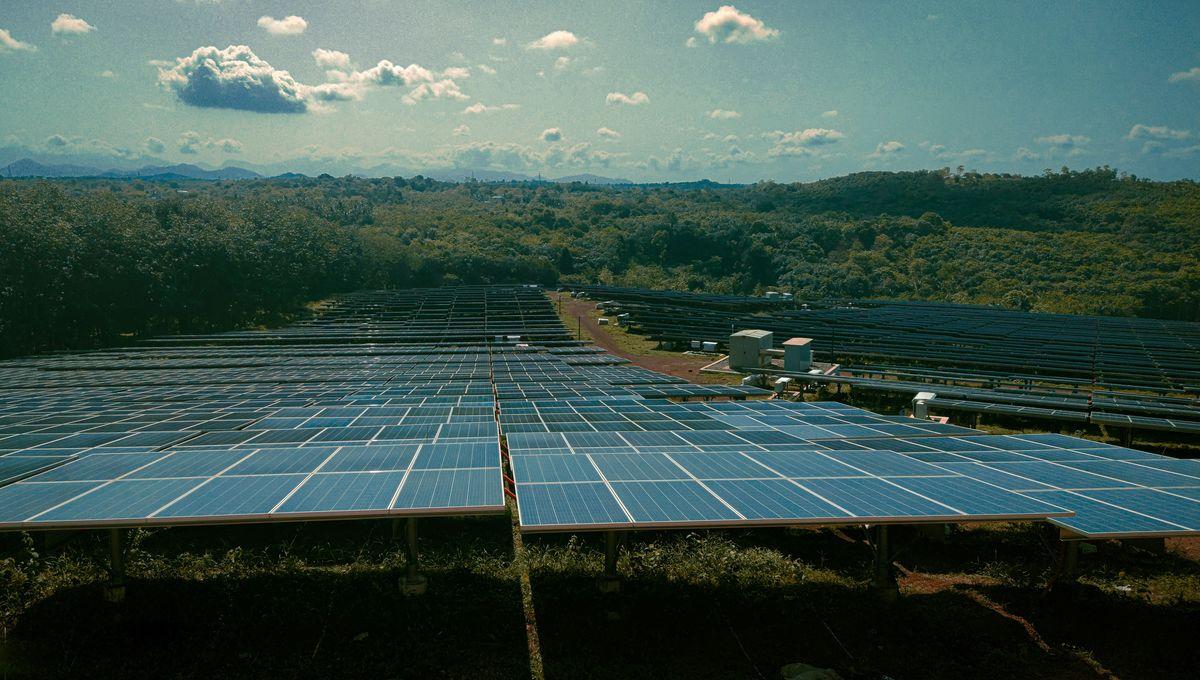-
Новости
- ИССЛЕДОВАТЬ
-
Страницы
-
Статьи пользователей
-
Форумы
"A Historic Shift": Renewables Generated More Power Than Coal Globally For First Time

"A Historic Shift": Renewables Generated More Power Than Coal Globally For First Time
Marking a defining moment in the “historic shift” away from fossil fuels, renewable energy surpassed coal to become the world’s largest source of electricity in the first half of 2025.
The rest of this article is behind a paywall. Please sign in or subscribe to access the full content. The latest report from Ember shows that solar and wind power grew faster than global electricity demand, with solar alone covering 83 percent of the increase and shattering records worldwide. Amidst this global rise, output from renewables overtook coal for the first time on record for the first six months of this year. “We are seeing the first signs of a crucial turning point,” Małgorzata Wiatros-Motyka, Senior Electricity Analyst at Ember, said in a statement. “Solar and wind are now growing fast enough to meet the world’s growing appetite for electricity. This marks the beginning of a shift where clean power is keeping pace with demand growth.” Solar power is growing faster than ever, with a record 31 percent increase in the first half of 2025. China accounted for 55 percent of this growth, followed by the US (14 percent), the EU (12 percent), India (5.6 percent), and Brazil (3.2 percent), while the rest of the world contributed just 9 percent. Nevertheless, several countries set new records in terms of solar power. Among the top 20 solar producers, seven nations – including Hungary, Greece, the Netherlands, Pakistan, Spain, Australia, and Germany – generated at least 20 percent of their electricity from solar in the first six months of 2025. More and more solar farms are springing up across the globe, which is the main factor behind the growth, but it’s estimated that around 4 percent of the increase in solar energy output was thanks to sunnier weather conditions seen earlier this year. Wind generation also grew, albeit by a comparatively small 7.7 percent. At the same time, electricity from gas slightly dropped globally by 0.2 percent and that from coal by 0.6 percent, while use of other fossil fuels witnessed a small rise of 2.5 percent. Overall, this meant the total fossil fuel generation fell by about 0.3 percent. Wind and solar combined were enough to more than meet the demand change for electricity between the first half of 2024 and the same period in 2025. Image courtesy of Ember The data comes from 88 countries, covering 93 percent of global demand, but the report also took a deep dive into the world’s four largest carbon emitters: the US, China, India, and the EU. In the first half of 2025, China and India used less fossil fuel for electricity as clean energy grew faster than demand. Meanwhile, fossil power generation increased in the US and the EU. This was because, in the US, demand growth outpaced the increase in clean power generation, and, in the EU, weaker wind and hydro output meant they had to rely on gas and coal generation. On a global scale, it’s a complex picture. While renewables are undoubtedly on the up, the world is demanding more energy than ever – increasingly fueled by the rapid expansion of artificial intelligence, which requires vast computing power and electricity. Some estimates suggest that AI-driven data centers could account for up to 21 percent of global energy demand by 2030. As the world races to meet this demand, fossil fuels are likely to retain a role for now. Still, an overall trend is clear: fossil fuels are no longer the dominant force they once were. “This analysis confirms what we are witnessing on the ground: solar and wind are no longer marginal technologies – they are driving the global power system forward. The fact that renewables have overtaken coal for the first time marks a historic shift. But to lock in this progress, governments and industry must accelerate investment in solar, wind, and battery storage, ensuring that clean, affordable, and reliable electricity reaches communities everywhere,” noted Sonia Dunlop, CEO of Global Solar Council.


